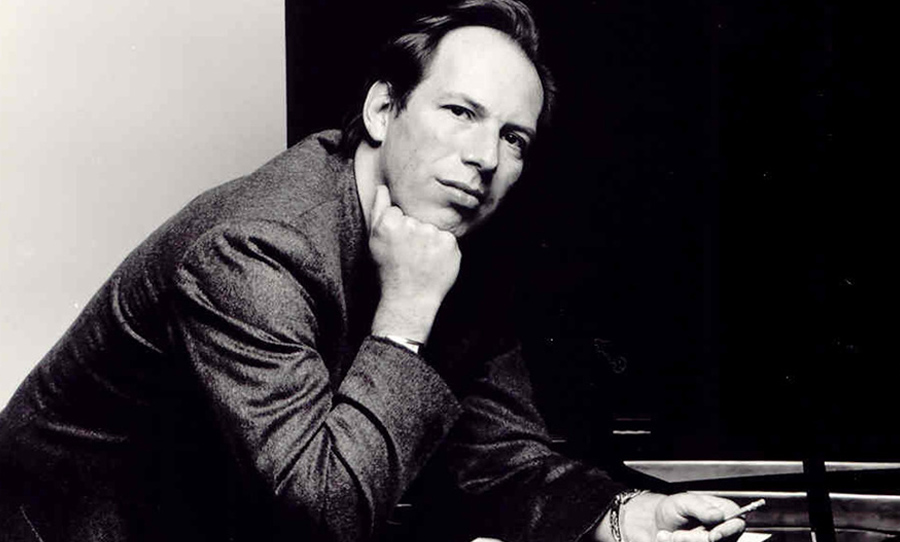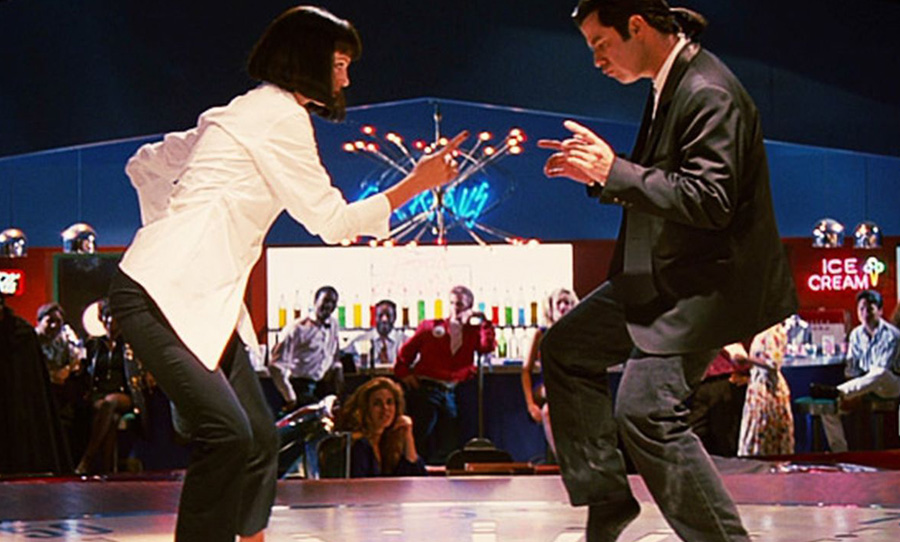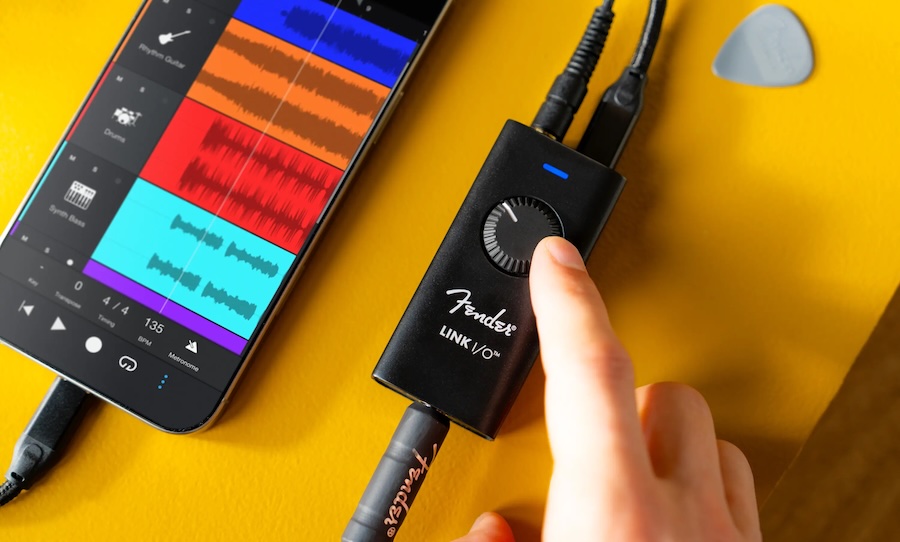Music can make or break a film. From dramatic underscores to memorable themes, we take a look at the soundtracks found in cinema and explore the methods used to create them.
Soundtracks undeniably colour the way we feel about film and television. It’s the unspoken and effective link between the action on screen and the conveyance of emotions and plot. And though creating music to fill up a film or television series can seem impossibly immense, composers and music supervisors use several tactics in composing and sourcing music in order to create an authentic and emotionally charged backdrop to the drama.
In this article, we’ll dive into the different types of music that may be used, as well as some of the methods employed in the creation of soundtracks.

The Underscore
In screen dramas, music is most commonly deployed in the form of the underscore. This is the original music composed with the purpose of supporting the scene (the unsuspecting victim creeps up the creaky stairs; the low strings swell ominously…you know the drill).
This kind of music is designed to be unobtrusive, yet but powerful enough to couch the scene in some kind of emotional context and to deftly transmit the storyteller’s intent to the audience.
Themes
The theme tunes to some Hollywood blockbusters are so famous they have a life of their own, independent of the movie itself. This is original movie music at its most in-your-face, but still designed to communicate that sense of heroism, mystery/comedy/euphoria to a viewing public – much in the same way that the underscore does, but not necessarily alongside the action on screen.
Some composers even delicately weave motifs from the main theme into the underscore to add weight to significant plot points (as if to temporarily remind the viewer that “yes, you are still watching Indiana Jones” for example).
Source Music
This is where the music is actually a part of the story. The characters go a nightclub and dance to music; they watch a band at a concert; there’s music playing through a tinny radio in an old diner – this is all source music.
Though we all tend to accept background music as part of the ubiquitous backdrop of our lives, in movies and television, source music can be used to create a particular effect. Source music is very often used to place a piece of drama in a certain time period and depending on how well it is composed, can lend a scene an extra level of authenticity (existing songs from particular eras a commonly used to serve this purpose as well).
The Method
In a film or television production, there are many moving parts with which to contend. As such, the process of creating music for these media needs to well organised in order to meet tight deadlines throughout. Sensibly, the music is usually added to the finally edited footage, so the music team can precisely synchronise their compositions to events on the screen.
Firstly, a composer will go through the spotting process, which involves watching the footage and making notes about at which points the music will be added in order to enhance the plot. Temp (meaning temporary) tracks are often created with the goal of communicating the vision of the composer to the director, without necessarily committing to pieces of music that are set in stone. Assuming the music team has the go-ahead, the actual writing and recording of the music can begin in earnest.
Approaching the composition of soundtracks for music for film and television can be counterintuitive. Your musical instincts are heavily shaped and in some cases constrained by the sync points. Composers have to have a fluid approach to time signatures and tempos especially to make the music fit with the movement of the story.
Nowadays though, with virtual instrument libraries ever-increasing in realism, and flexible tempo mapping and video tracks inherent in most DAWs, the process of recording live music with the intent of fitting it exactly to edited footage is less complicated than it once was.
Piecing together audio and music across a wide range of media is complex and can be labour intensive. Yet, some comfort can be taken from the fact that the artistic decisions are guided and inspired by a story that already has a life of its own. Given an already coherent context, the ideas should flow easily.
For many a composer, producer or engineer, the experience is can often show the way to completely new music-making techniques and an alternative way of collaborating.



